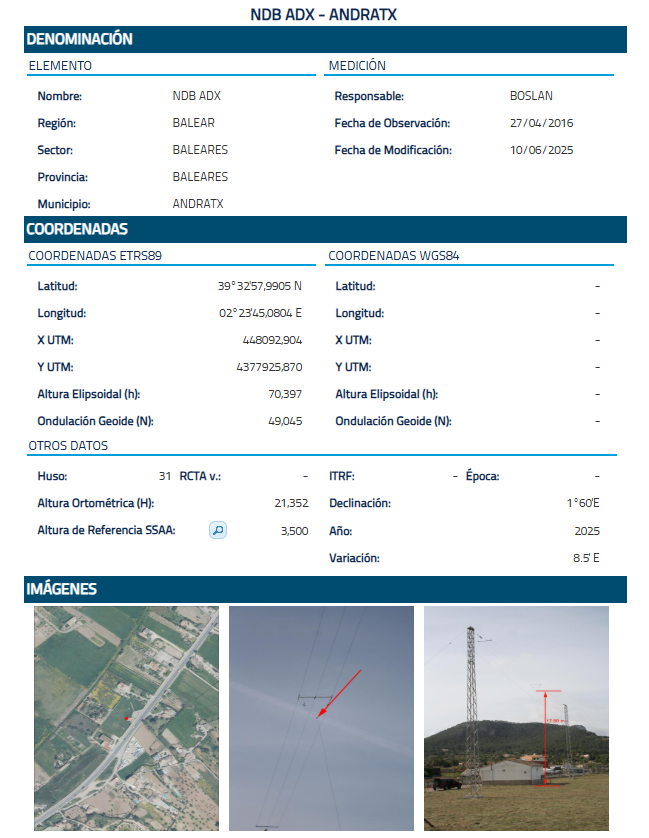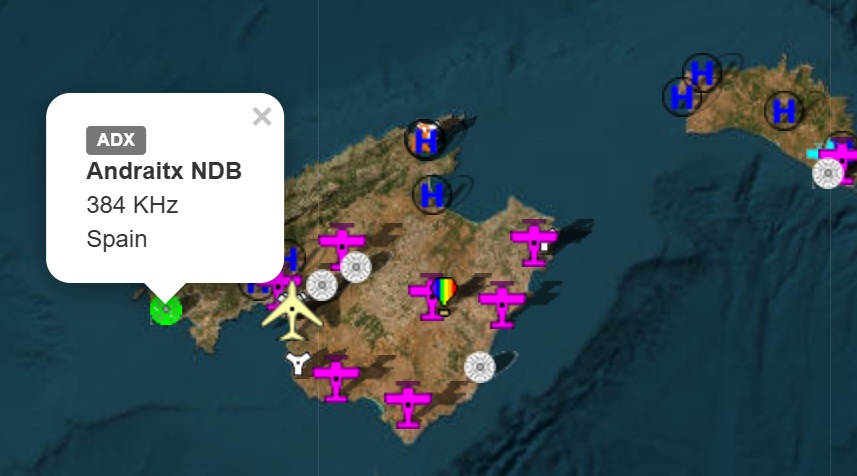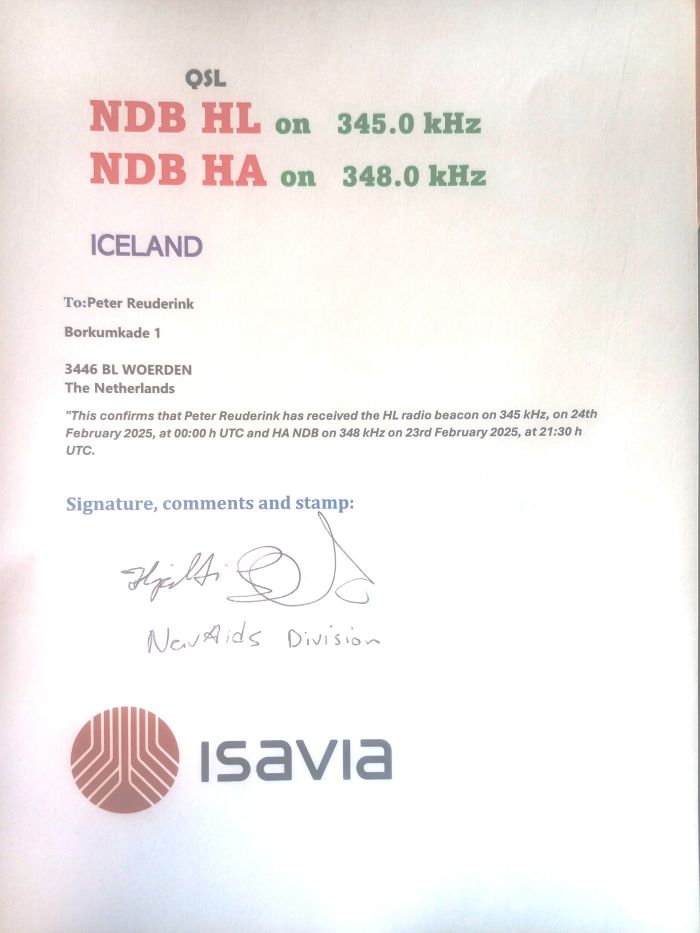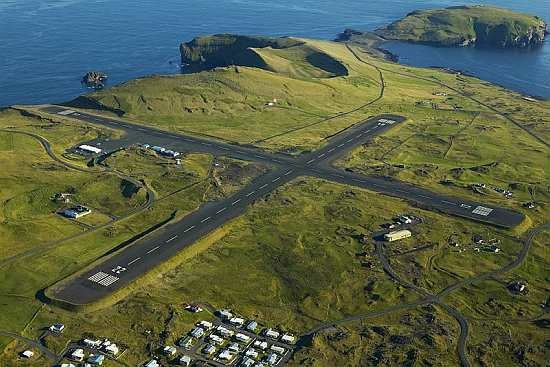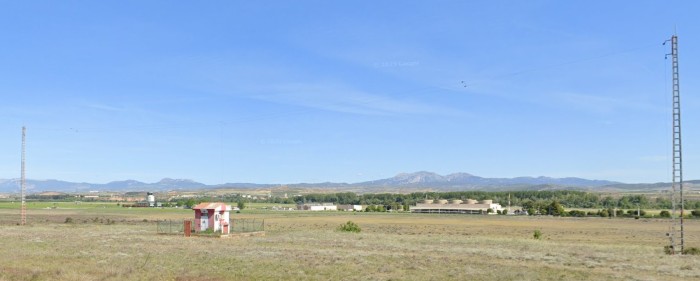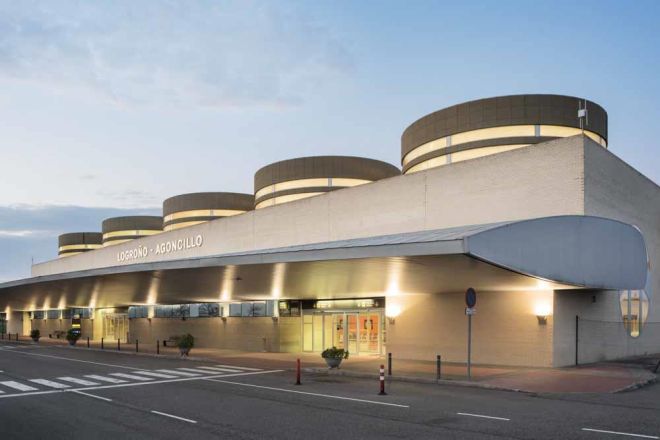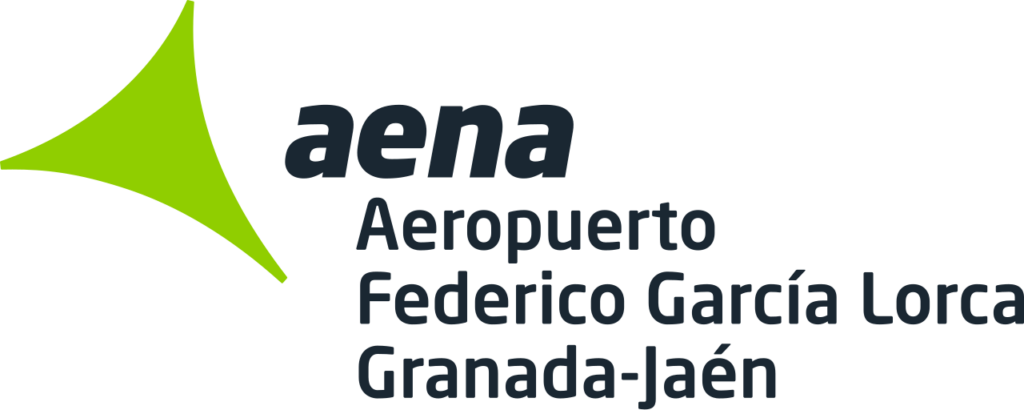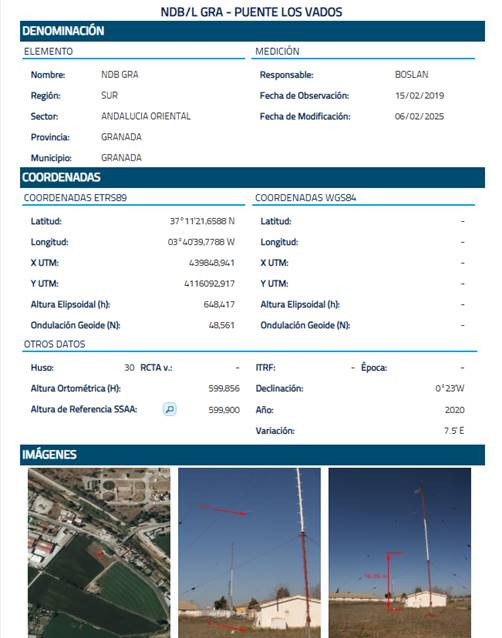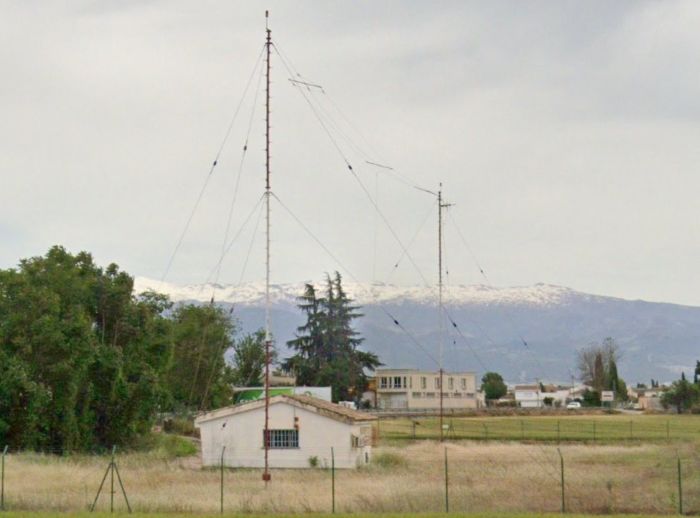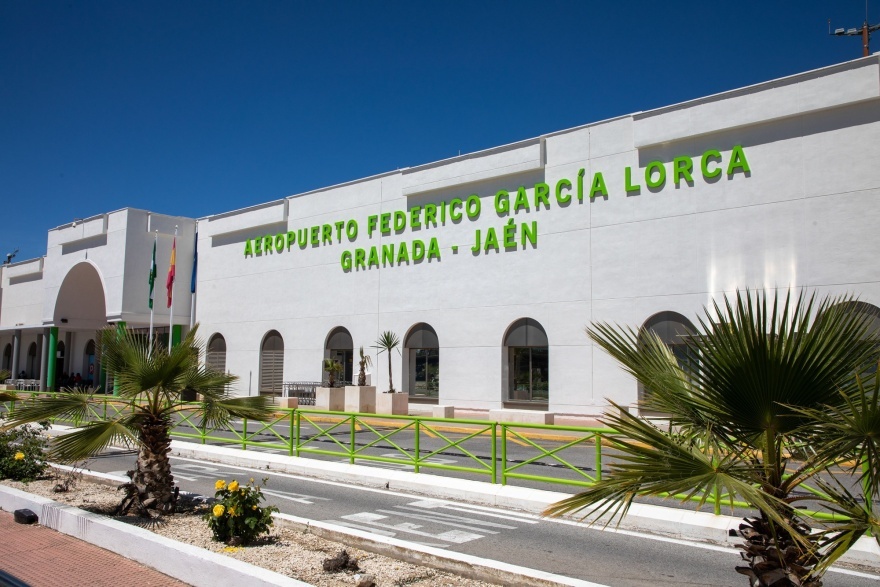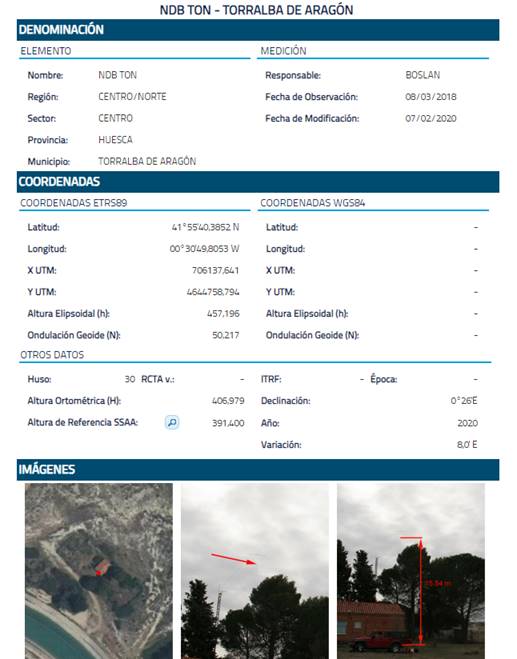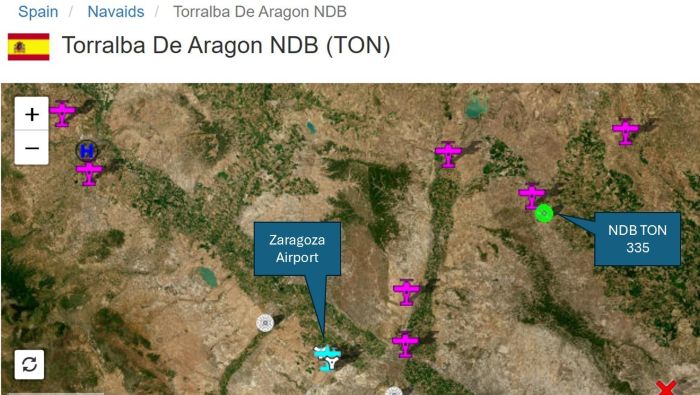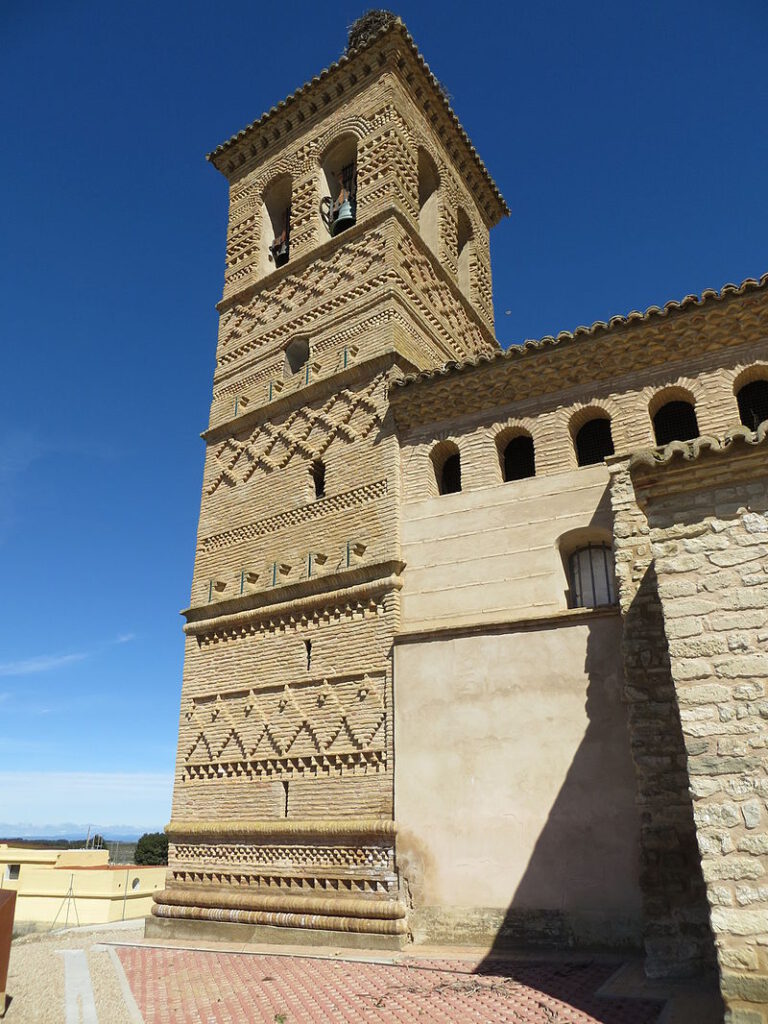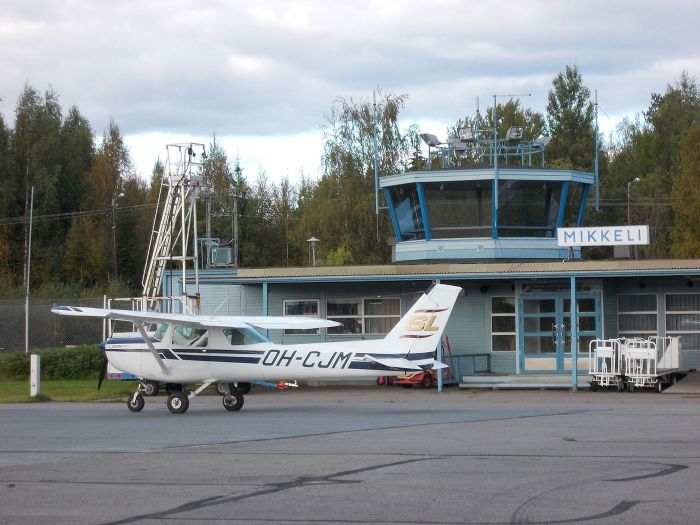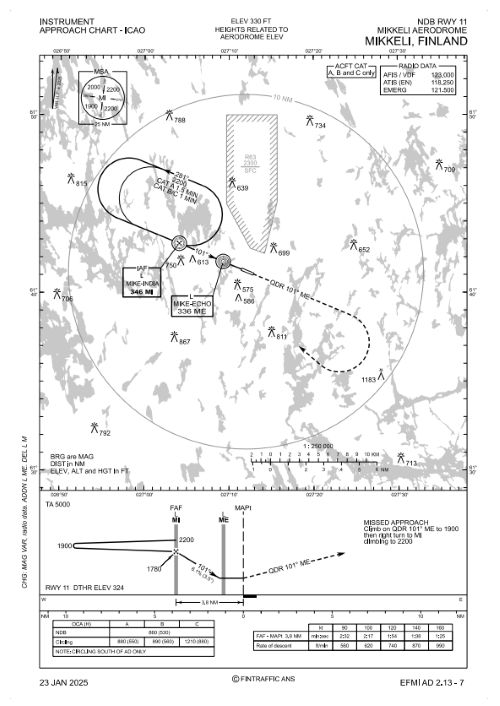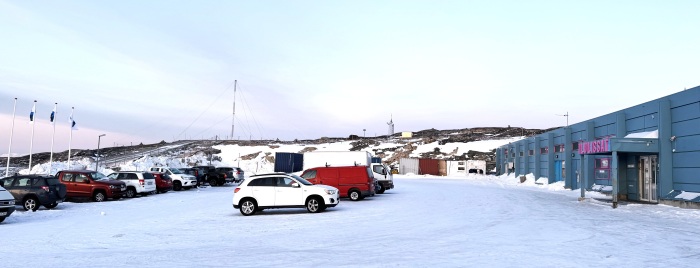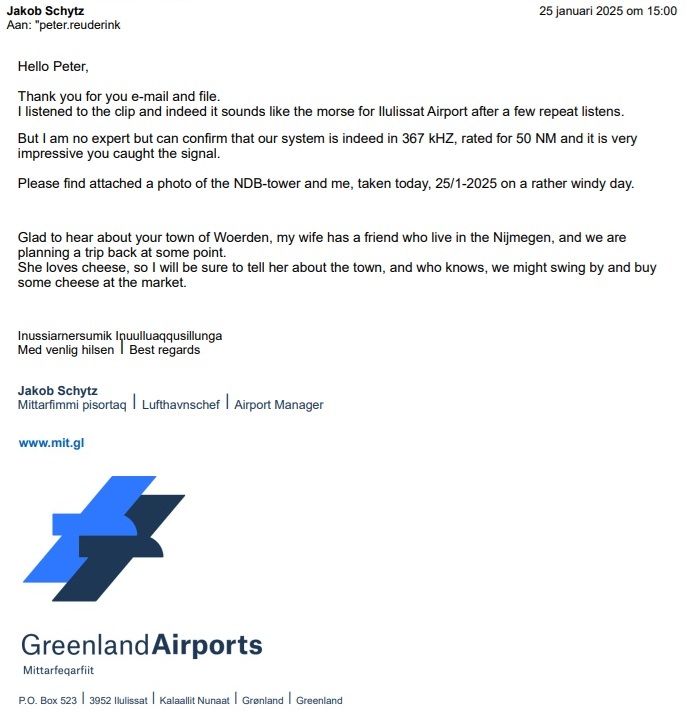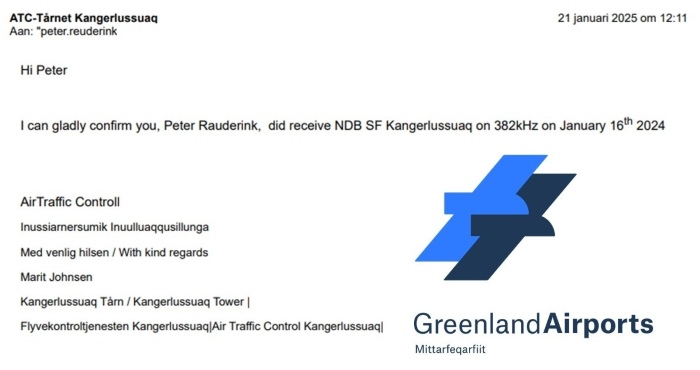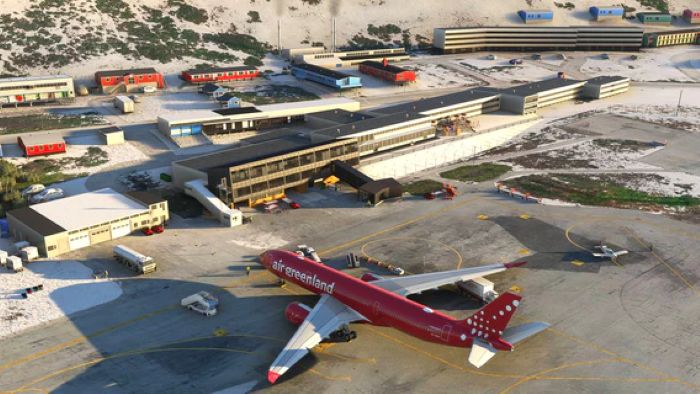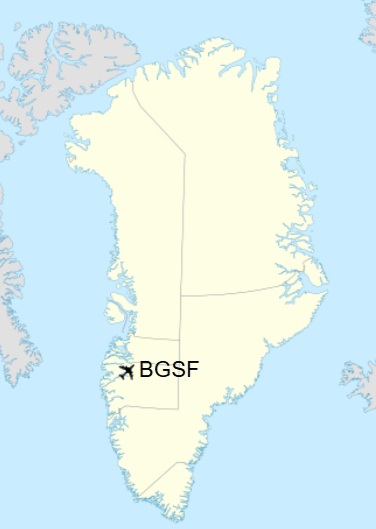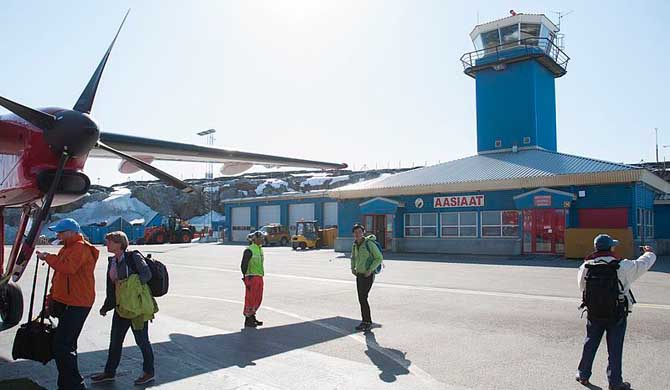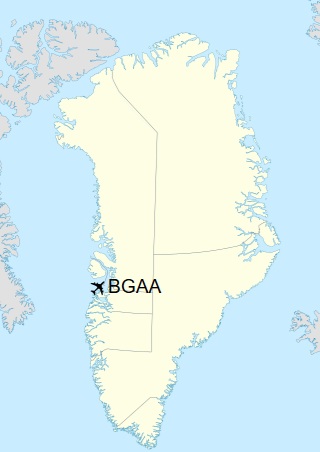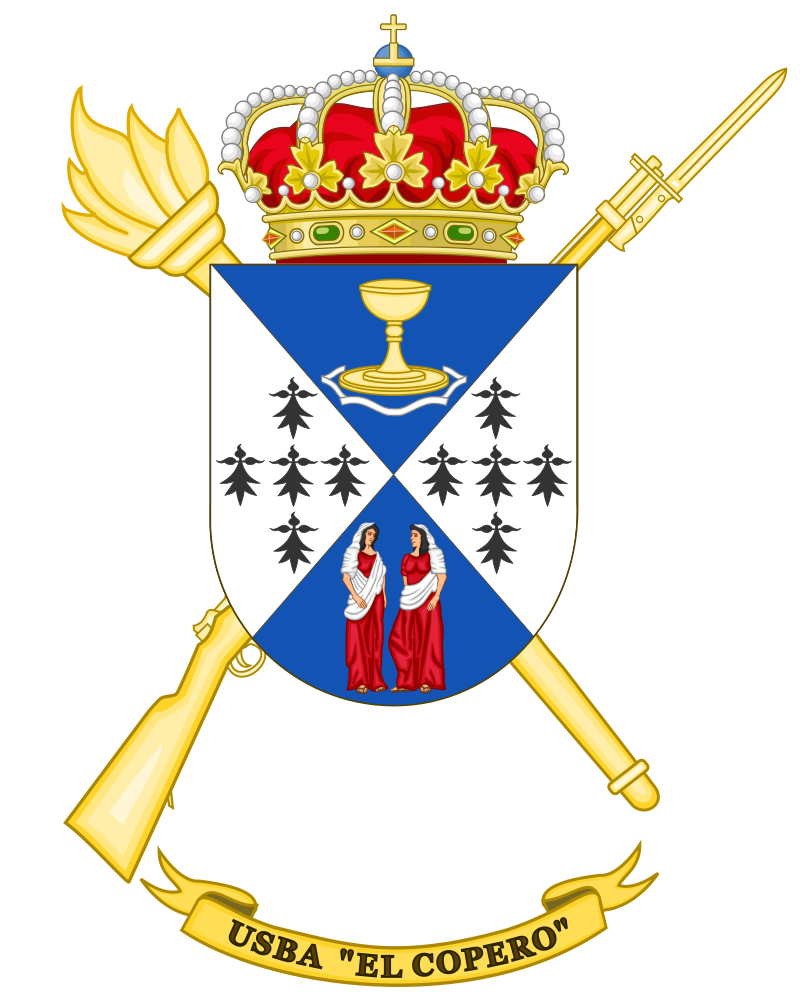
EEC on 327 kHz is a NDB for the military heliport El Copero near Sevilla, Spain. As with EAG and EAL . Enaire (QSL via informacion(at)enaire.es) could confirm my reception report but without their usual data sheet as it is a military installation. It is definitely not one of the easier beacons to log, with only 88 entries in the REU database, so I am pretty pleased with this QSL!
NDB con indicativo EEC:
- Ubicado en el Helipuerto de Sevilla/El Copero. Instalación perteneciente al Ejército que da apoyo a los procedimientos instrumentales del Helipuerto de Sevilla/El Copero
- Frecuencia 327.000 kHz
- Coordenadas publicadas en AIP. ETRS89: 37º18’43.4”N 006º00’07.3”W
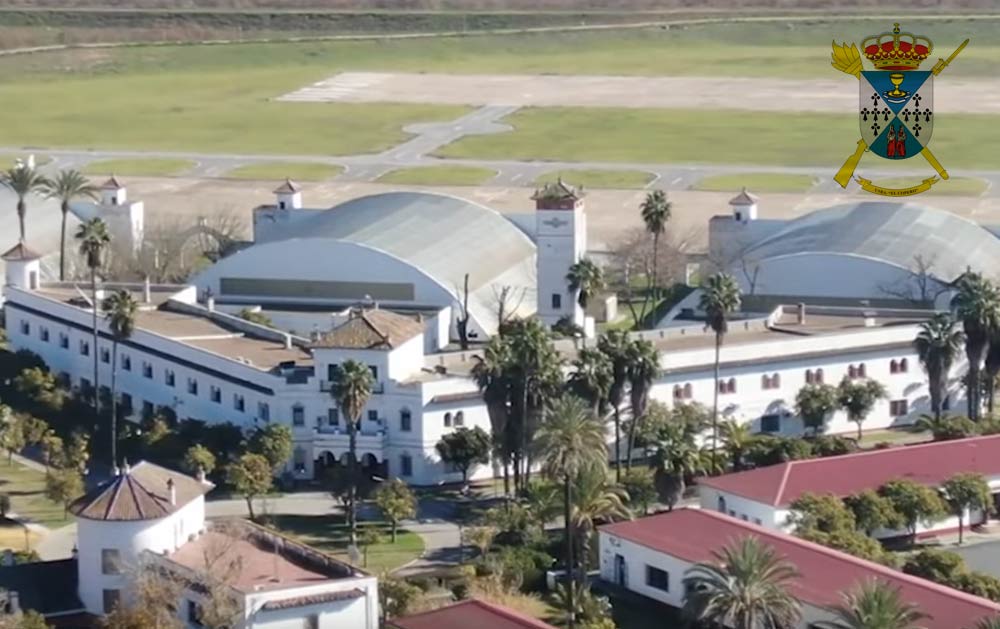
Heliport at the “El Copero” military airbase near Sevilla
Originally “El Copero” (which translates as Cup Bearer in English) was a base of the Spanish Air Force but due to the proximity of the river and possible flooding the location wasn’t optimal. The base was transferred to the Army on December 30, 1975. and is home to the units of the Maneuver Helicopter Battalion IV (BHELMA IV), of the FAMET that has assigned 16 Eurocopter AS332B1 Super Puma .


